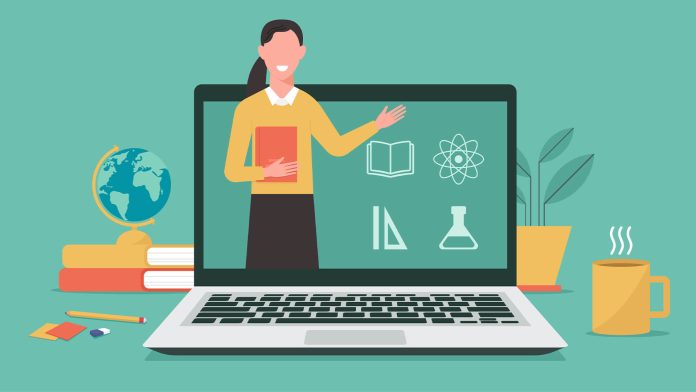In the modern classroom, technology plays a crucial role in enhancing the learning experience. From interactive software to online resources, educational tools can significantly boost student engagement and understanding. Here are the top 10 educational tools that can transform classroom learning:
1. Google Classroom
Google Classroom is a free web-based platform that integrates with Google’s suite of productivity applications. It allows teachers to create, distribute, and grade assignments in a paperless way. Teachers can easily manage coursework and provide real-time feedback, while students can track their progress and collaborate with peers.
2. Khan Academy
Khan Academy offers a vast library of free online courses, covering subjects from mathematics and science to history and economics. With its interactive exercises and instructional videos, students can learn at their own pace. Teachers can use the platform to assign lessons, monitor student progress, and provide personalized support.
3. Quizlet
Quizlet is a versatile tool that enables students to study using flashcards, games, and quizzes. Teachers can create study sets tailored to their curriculum or choose from millions of pre-existing sets. Quizlet’s engaging activities help students retain information and prepare for exams more effectively.
4. Edmodo
Edmodo is a social learning platform that connects teachers, students, and parents. It provides a secure environment for sharing resources, posting assignments, and conducting discussions. Teachers can create polls, quizzes, and grade assignments, while students can collaborate and communicate easily.
5. Nearpod
Nearpod transforms traditional lessons into interactive learning experiences. Teachers can create multimedia presentations that include quizzes, polls, videos, and virtual reality experiences. Students participate in real-time, enhancing engagement and understanding through interactive content.
6. Seesaw
Seesaw is a digital portfolio platform that allows students to document and reflect on their learning. Teachers can create assignments, and students can respond with photos, videos, drawings, or text. This tool encourages creativity and critical thinking, while parents can stay informed about their child’s progress.
7. Padlet
Padlet is a collaborative online bulletin board where teachers and students can post notes, images, links, and documents. It’s an excellent tool for brainstorming, project planning, and sharing resources. Padlet supports real-time collaboration, making it ideal for group activities and discussions.
8. Flipgrid
Flipgrid is a video discussion platform that enables teachers to create discussion topics and students to respond with short videos. It’s a powerful tool for promoting student voice and fostering a sense of community. Teachers can provide feedback on videos, encouraging students to reflect and improve their communication skills.
9. Canva for Education
Canva for Education provides teachers and students with free access to a wide range of design tools. It allows users to create visually appealing presentations, posters, infographics, and more. Canva’s easy-to-use interface helps students develop their creativity and visual literacy skills.
10. Microsoft Teams
Microsoft Teams is a collaborative platform that integrates with Office 365. It offers a range of features, including chat, video conferencing, file sharing, and assignment management. Teams facilitate communication and collaboration among teachers and students, making it an ideal tool for both in-person and remote learning environments.
Conclusion
Incorporating these educational tools into the classroom can significantly enhance the learning experience. By leveraging technology, teachers can create more interactive, engaging, and personalized learning environments. Whether it’s through collaborative platforms like Google Classroom and Microsoft Teams or interactive tools like Nearpod and Flipgrid, these resources can help students achieve their full potential.






